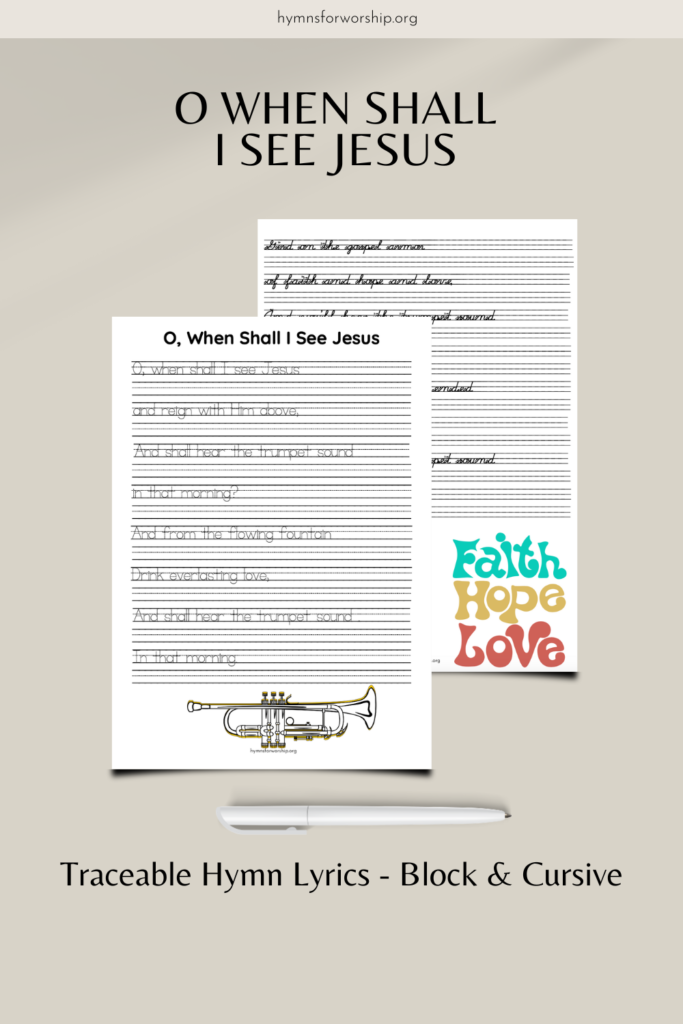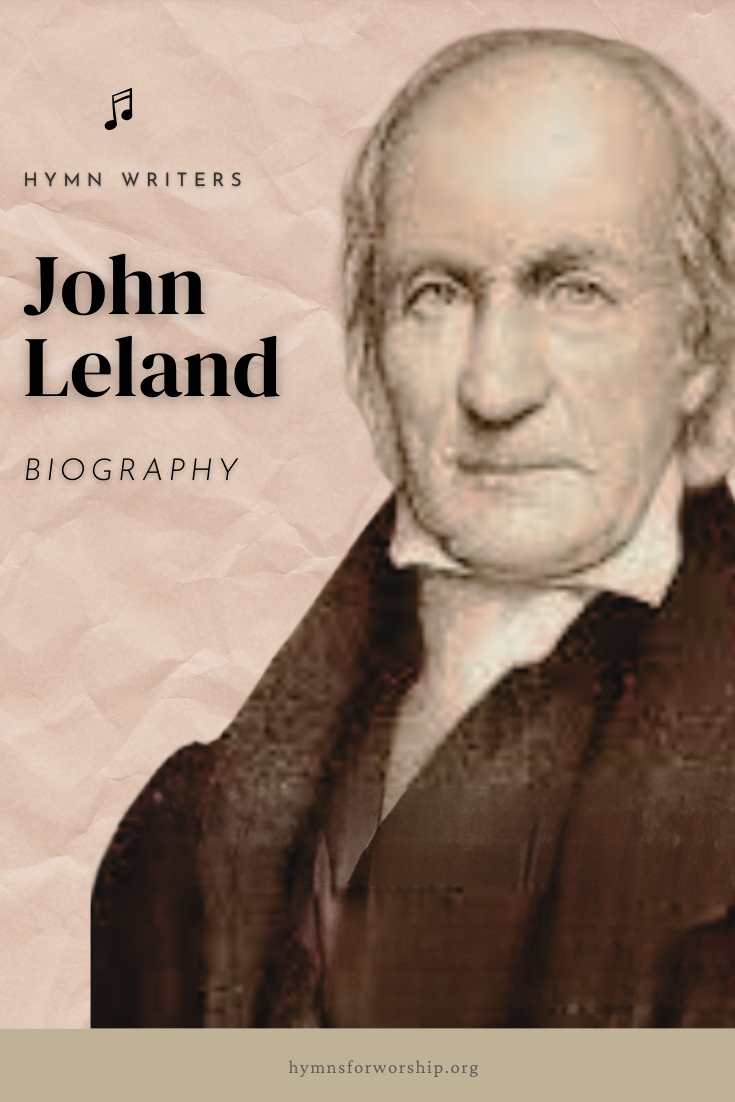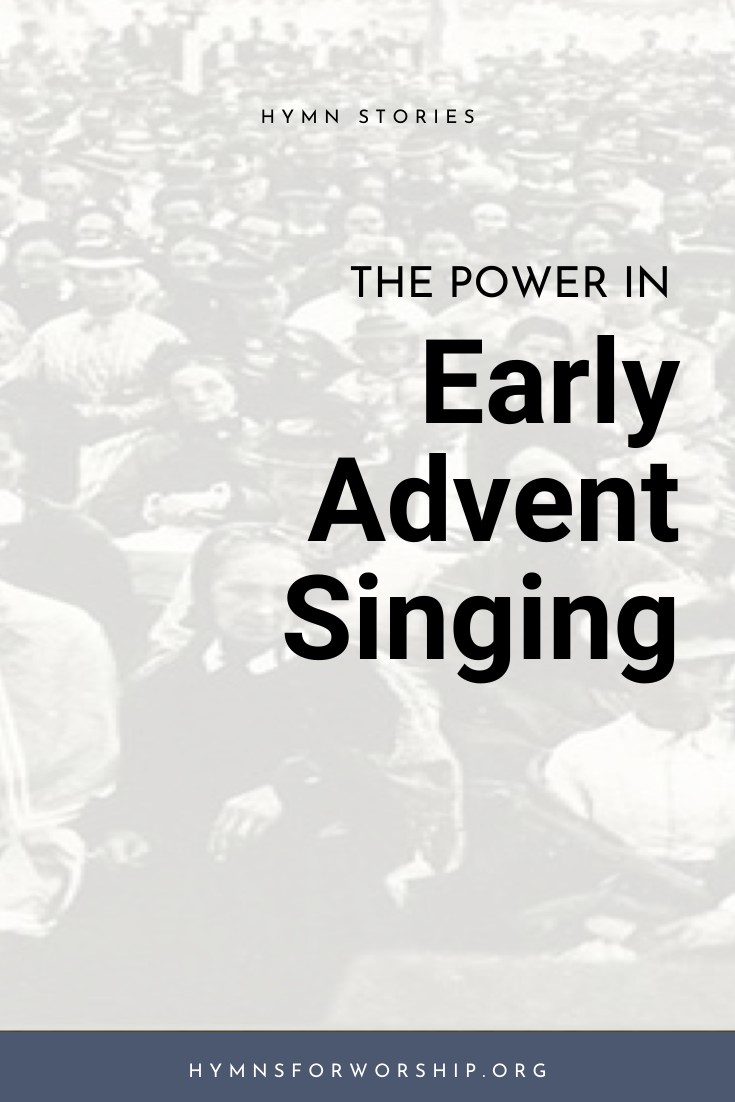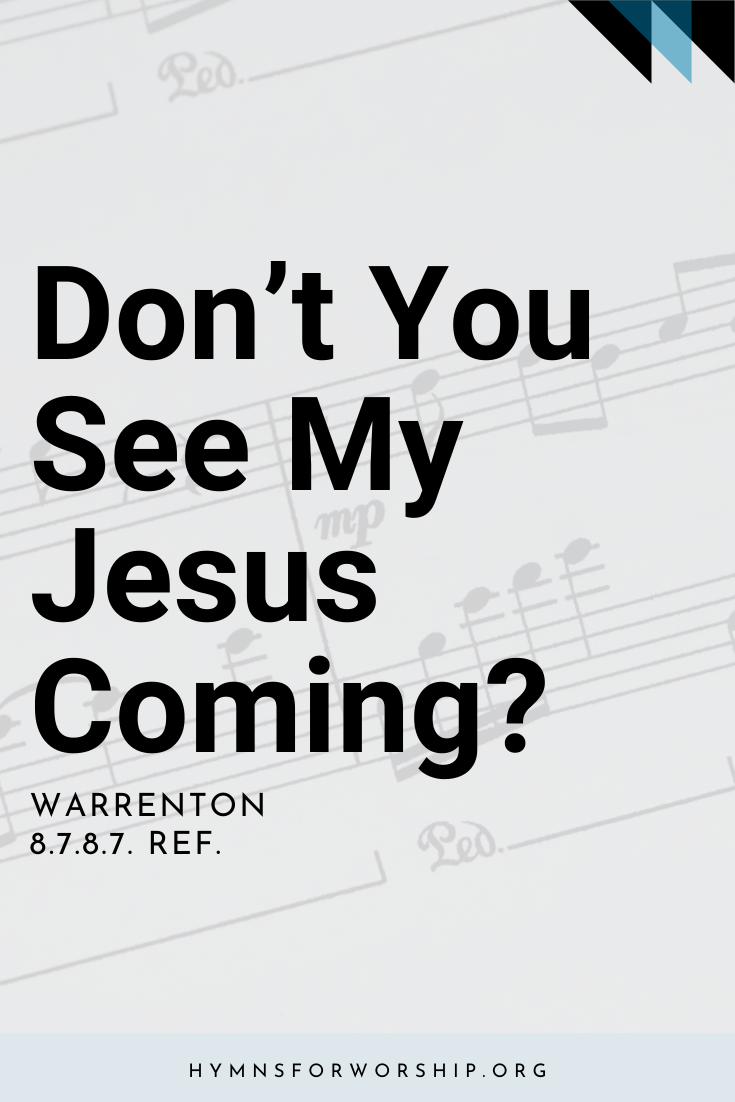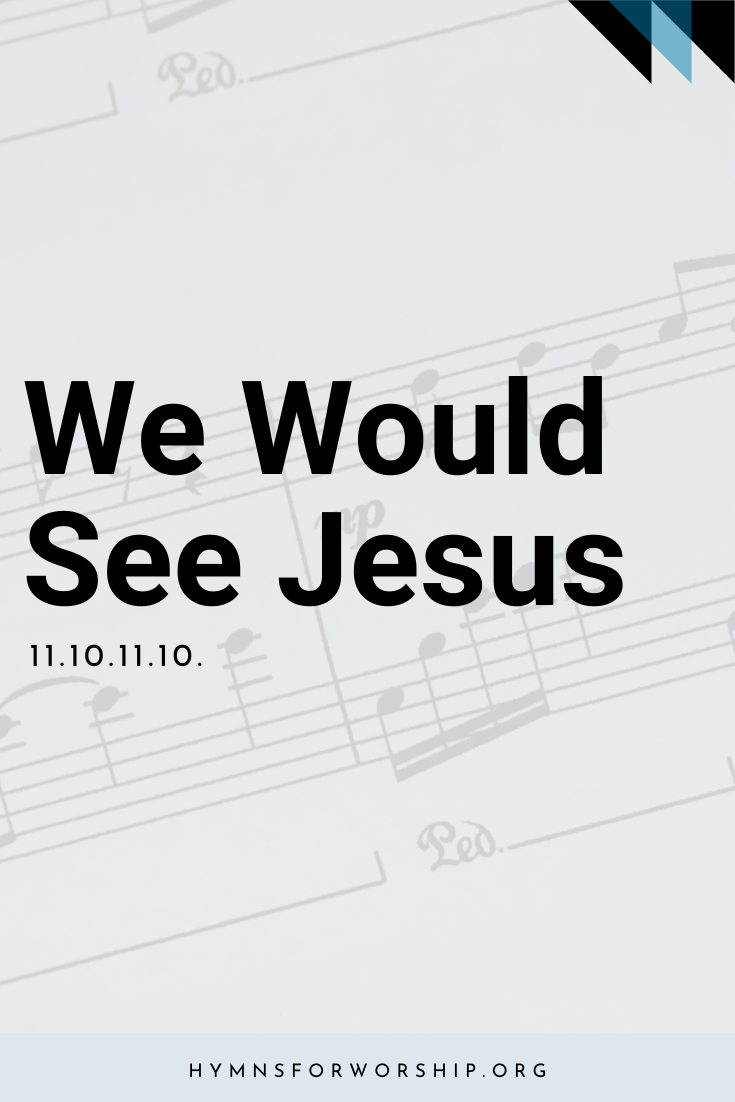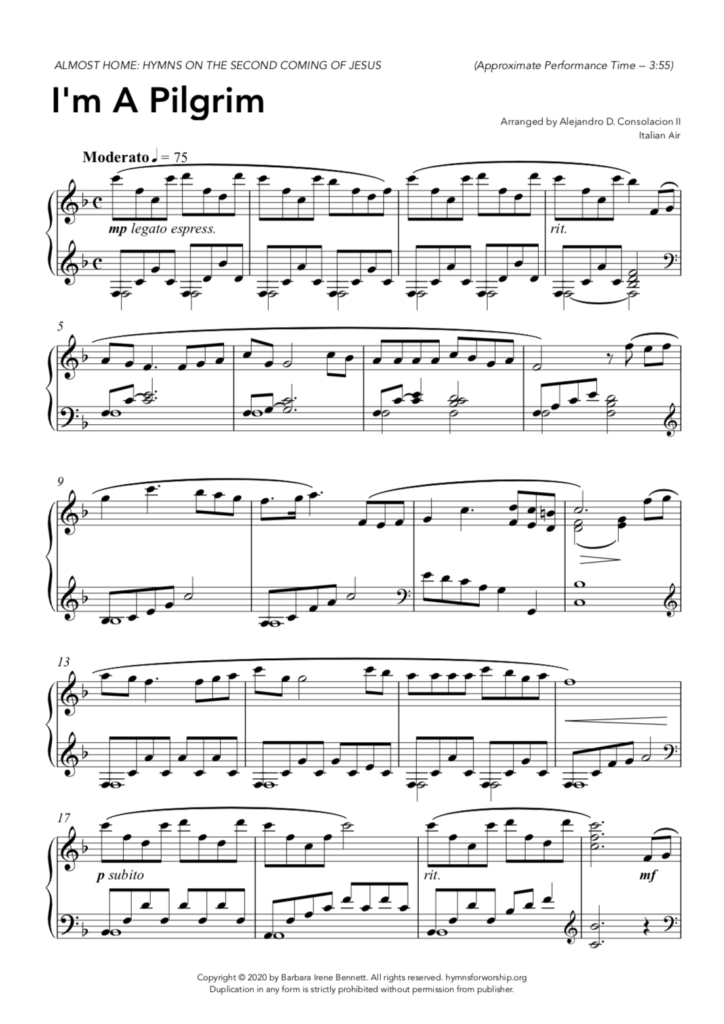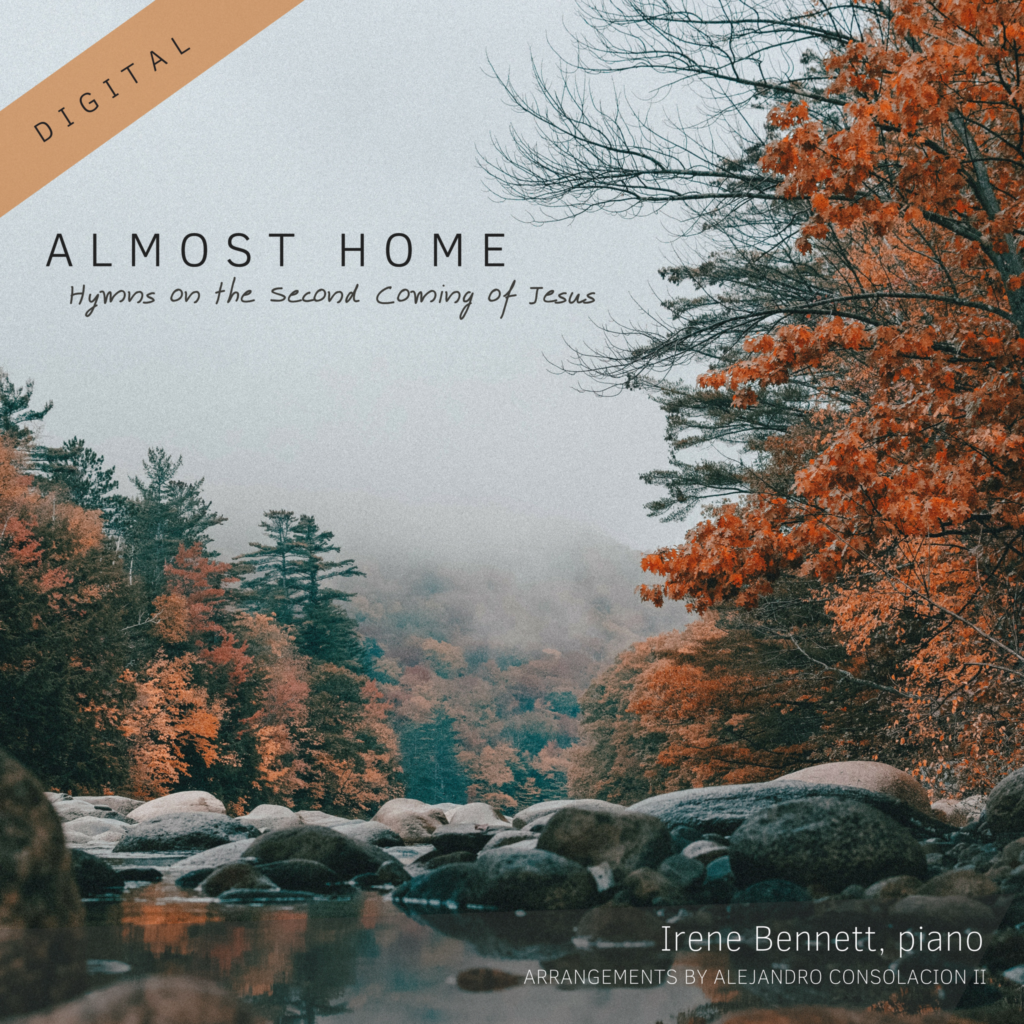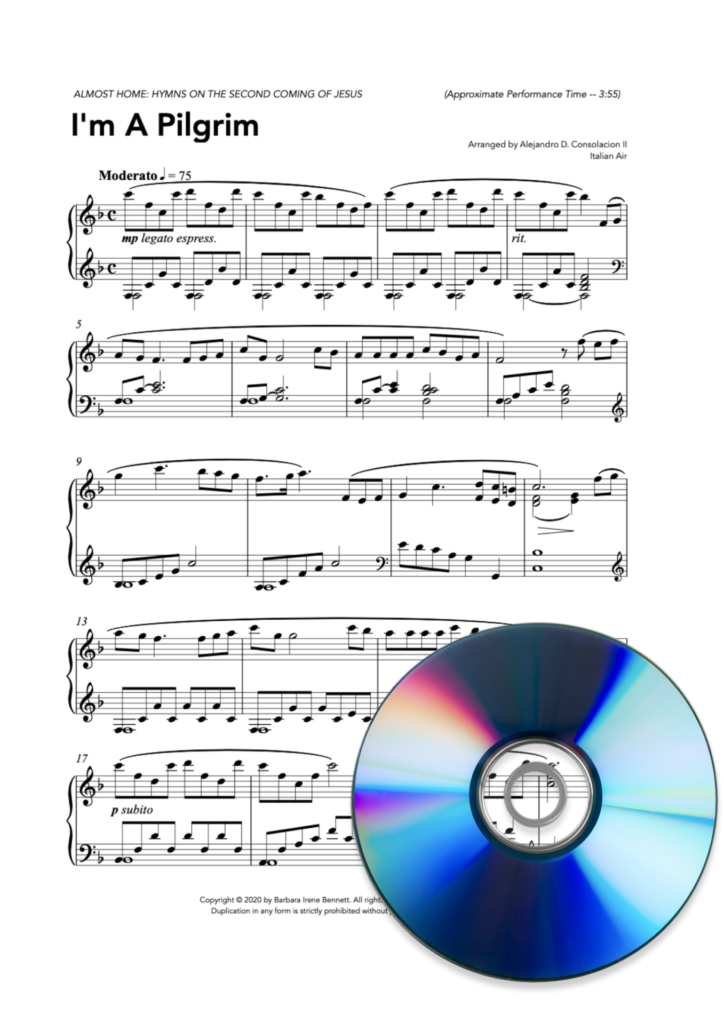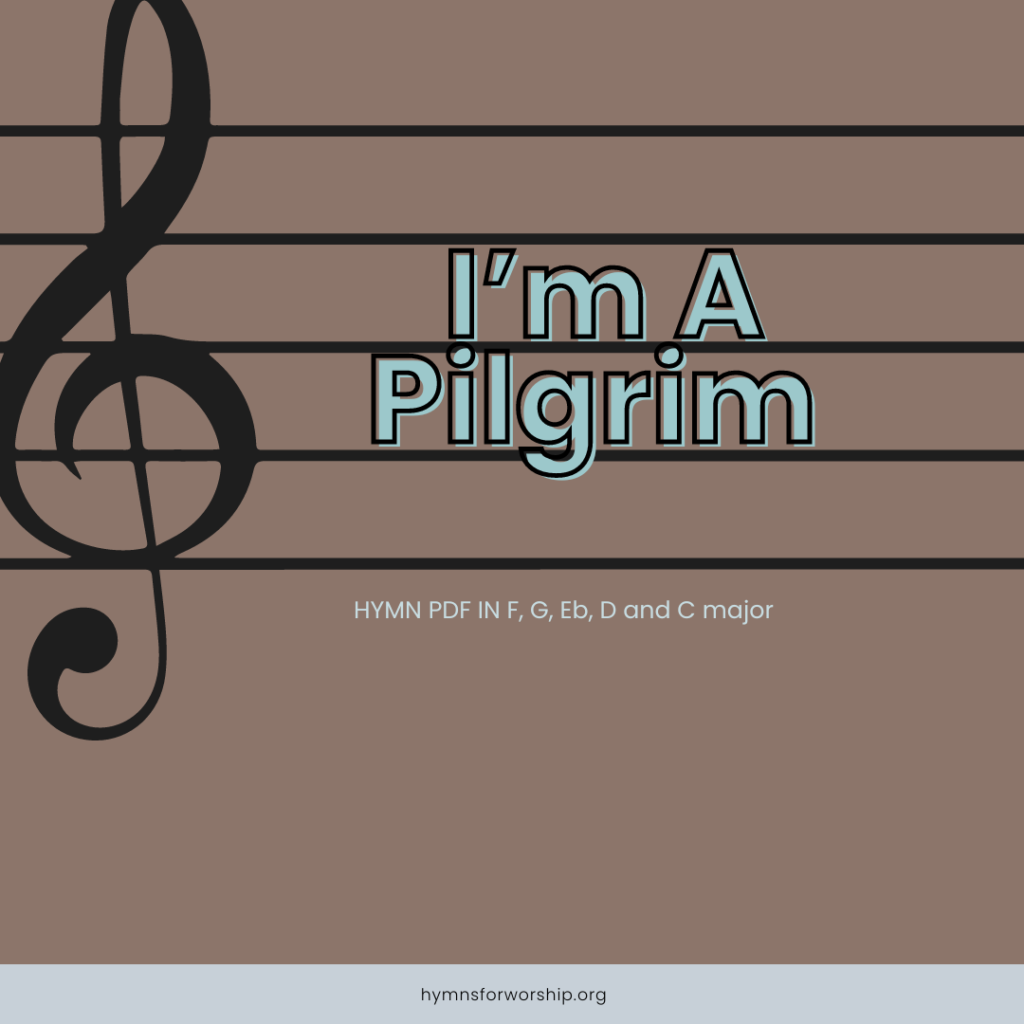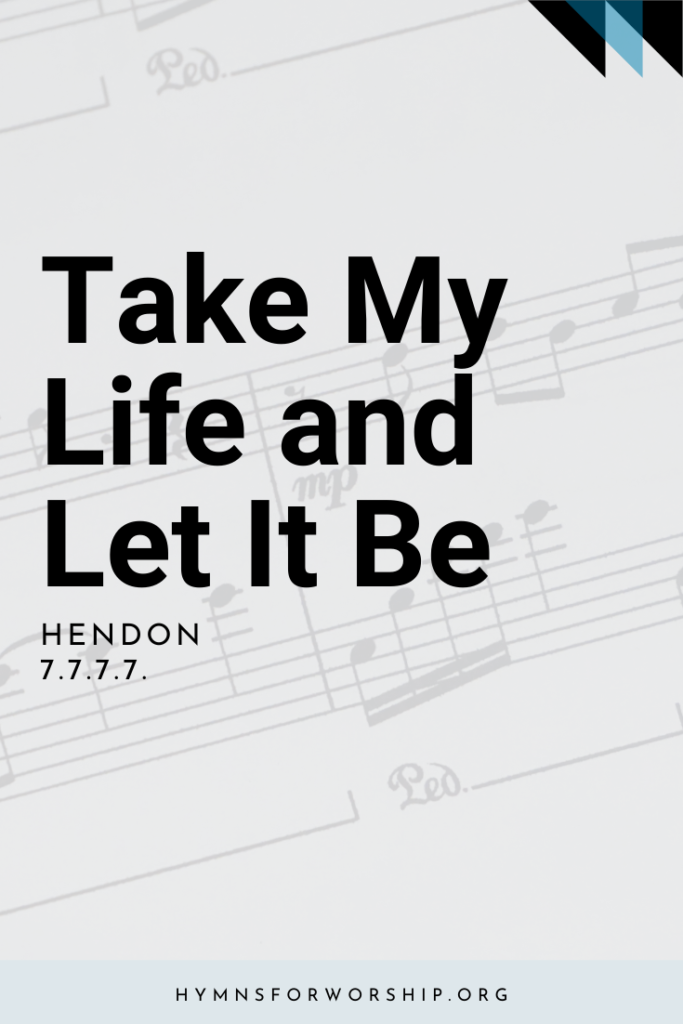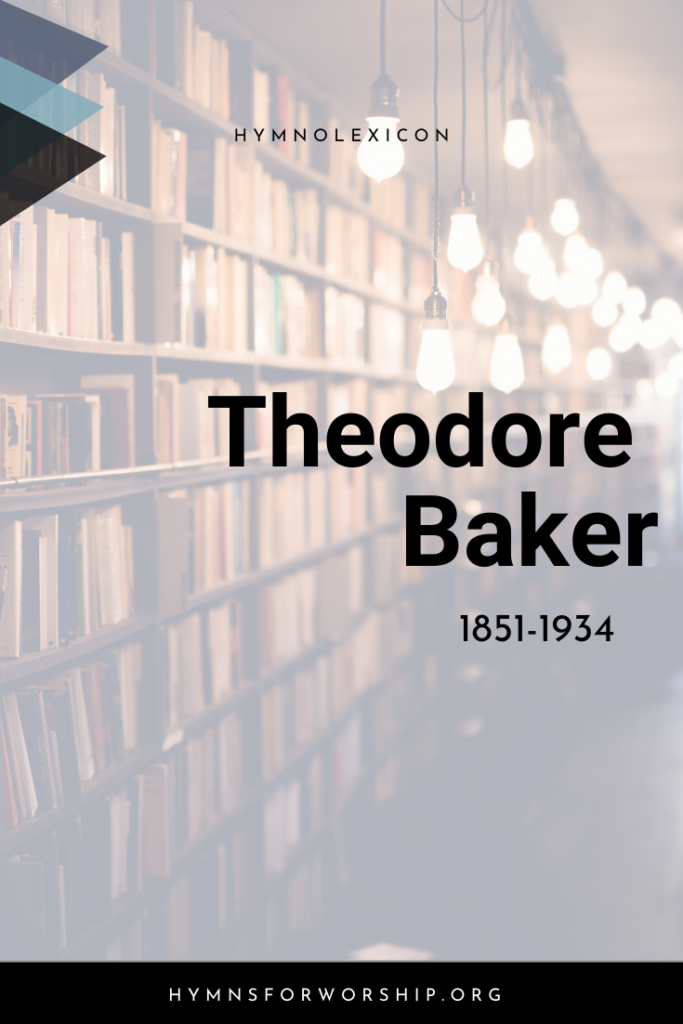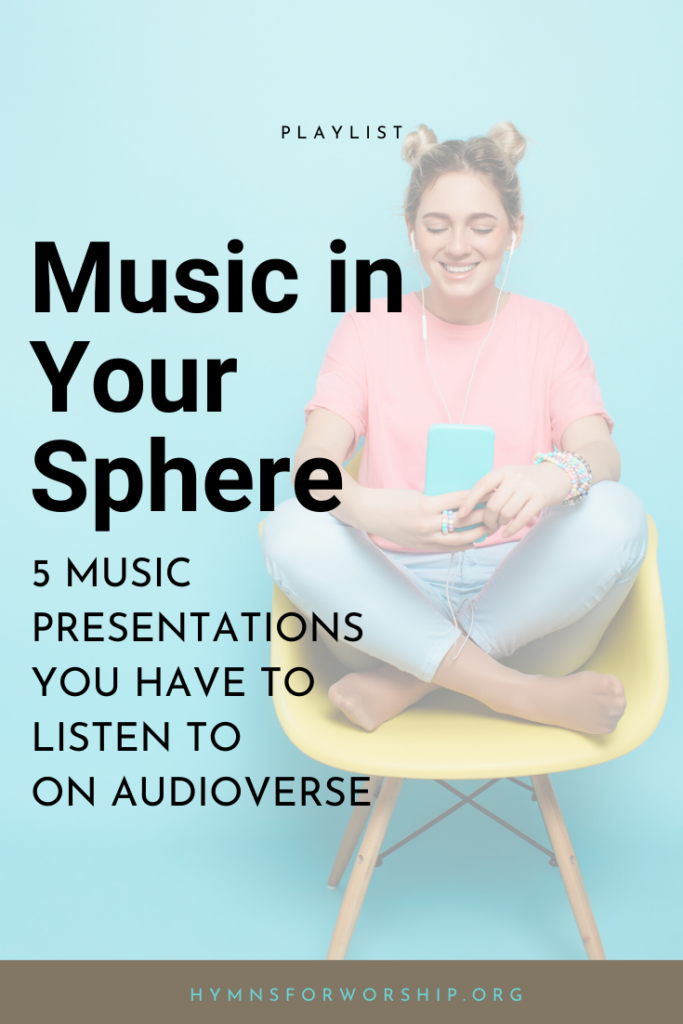EARLY ADVENT
SDAH 448
O, when shall I see Jesus and reign with Him above,
And shall hear the trumpet sound in that morning?
And from the flowing fountain drink everlasting love,
And shall hear the trumpet sound in that morning.
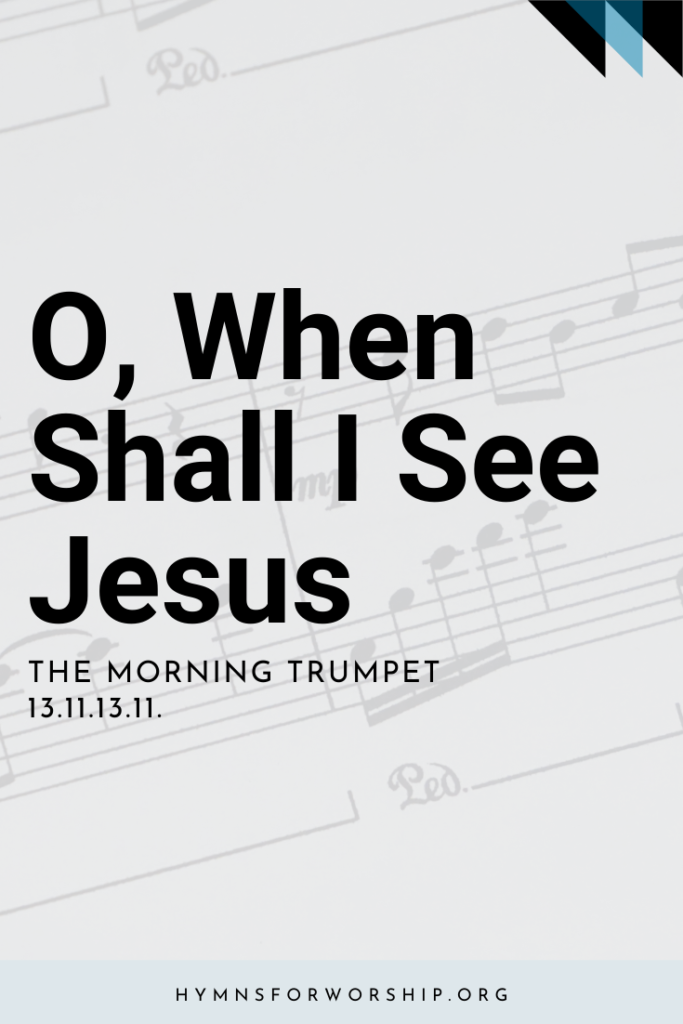

Text
1
O, when shall I see Jesus and reign with Him above,
And shall hear the trumpet sound in that morning?
And from the flowing fountain drink everlasting love,
And shall hear the trumpet sound in that morning.
Refrain:
O, shout, glory!
For I shall mount above the skies,
When I hear the trumpet sound in that morning.
2
Gird on the gospel armor of faith and hope and love,
And you’ll hear the trumpet sound in that morning.
And when the combat’s ended He’ll carry you above,
And you’ll hear the trumpet sound in that morning.
3
Our ears shall hear with transport the host of heaven sing,
And shall hear the trumpet sound in that morning.
Our tongues shall chant the glories of our immortal King.
And shall hear the trumpet sound in that morning,

Hymn Info
Biblical Reference
(a) 1 Cor 15:52; Rev 21:6 (b) Heb 10:23 (r) 1 Thess 4:17
Author
John Leland (1754-1841)
Copyright
Arrangement copyright 1984 by Melvin West
Theme
EARLY ADVENT
Hymn Tune
THE MORNING TRUMPET
Metrical Number
13.11.13.11.
Arranged
Melvin West (1930-)
Tune Source
from the Sacred Harp, 1844
Year Composed
1984

Get the hymn sheet in other keys here
O When Shall I See Jesus
‘The most important hymnwriter among Baptists in America in the eighteenth century was John Leland.’ (Music and Richardson, 2008)
But John Leland, the original writer of ‘O When Shall I See Jesus’, was not only a hymn writer. He was also one of the leading Baptist ministers and evangelists during his time. One of the many things he was also known for was his belief in the religious rights of individuals and that the church and state should remain separate. He fought so much to the level that he was known to be a key player in the so-called Virginia experience, where James Madison and Thomas Jefferson became his strong allies.
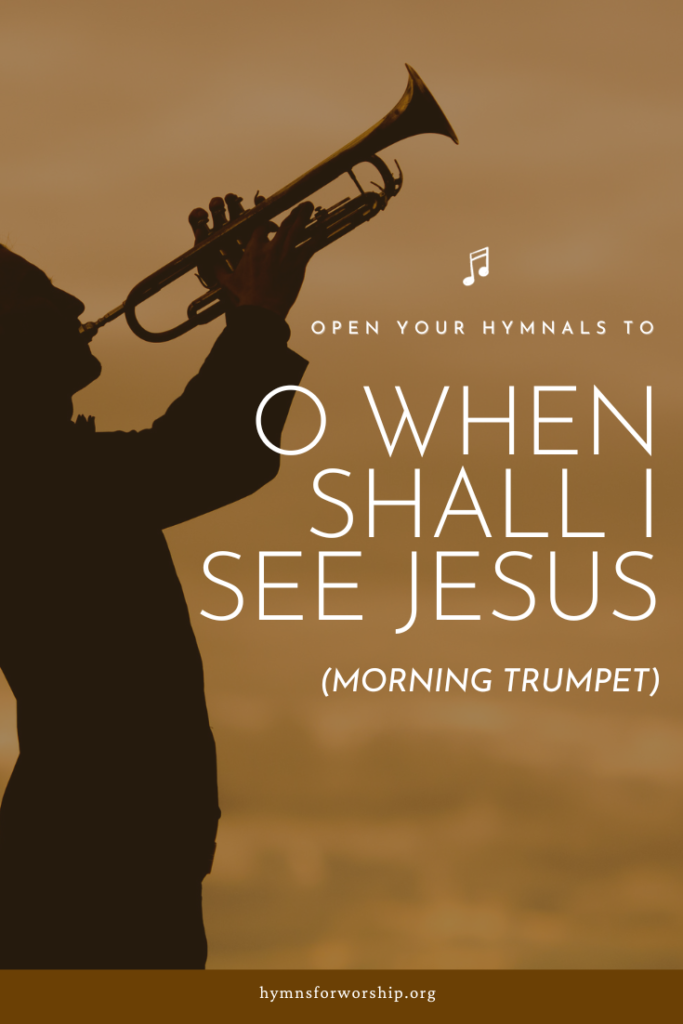
RELATED POSTS
In the Shop
Arrangements and recordings specially made by
Hymns for Worship
Notes
Get to know the hymns a little deeper with the SDA Hymnal Companion. Use our song leader’s notes to engage your congregation in singing with understanding. Even better, involve kids in learning this hymn with our homeschooling materials.
In his Spiritual Folk Songs of Early America, George Cullen Jackson says: “This is one of the best examples of the revival spiritual song. It has the John Leland words of matchless popularity in the southern song region, a refrain in clarion tones, a chorus with a rare swing, and a primeval melodic mode.”
The stanza were written in 1833 by John Leland (1754-1841), a Baptist itinerant preacher from New England who went to Virginia and preached for about 15 years, 1775-1790. As pastor of the Mount Honey Baptist Church in Culpeper County, Virginia, he was a vigorous champion of religious liberty — he influenced James Madison’s introduction of the First Amendment to the Constitution, which guarantees separation of church and state. He wrote some 20 hymns, and he did all he could to encourage the singing of hymns in all services of the church. The story is told that one cold, winter day in 1779, while waiting beside a Virginia stream to baptize five converts, he wrote a hymn for baptism, beginning,
Christians, if your hearts are warm,
Ica and snow do no harm,
If by Jesus you are prized,
Rise, believe, and be baptized.
He later was pastor of the Baptist church in Cheshire, Massachusetts.
Several phrases of Leland’s hymn were borrowed freely by the Negro spirituals, such as: Toy may bury me in the east, you may bury me in the west; But I’ll hear the trumpet sound in that morning.” And the words “O do not be discouraged, for Jesus is your friend” have been used in some versions of the favorite spiritual “Balm in Gilead” (see SDAH 475).
The rousing refrain and interpolations between lines of the stanza were added by F.B. White of Georgia, and printed in his The Sacred Harp. The latest edition of that book was revised in 1791, and gives the date of 1847 for the additions done by White.
Benjamin Franklin White was born September 20, 1800, near Spartanburg, South Carolina. The youngest of 14 children, he was raised on a farm. He and his wife, Thurza, also had 14 children, five of whom died in infancy. In 1840 he moved to Hamilton, Georgia, where, with coeditor E.J. King, he published The Sacred Harp, 1844. (For more on this see SDAH 363, BEACH SPRING). His musical talent was considered, in his day and area to be amazing. He was able to popularize and increase the sale of the book by conducting singing schools. However, he did not use his musical talent for personal gain.
Positions he held were editor of the Harris County weekly, The Organ; clerk of the Inferior Court; and mayor in 1865 of Hamilton. He organized several military companies for the Civil War, and became a major. Deeply religious, he was a member of the Missionary Baptist Church. He died in Atlanta, Georgia, December 5, 1879. In 1984 a historical marker was unveiled on the public square of Hamilton, Georgia, in honor of B.F. White. Engraved on it was a phrase from “O When Shall I See Jesus?” which was sung by the crowd. The arrangement is by Melvin West (1930 – ).
